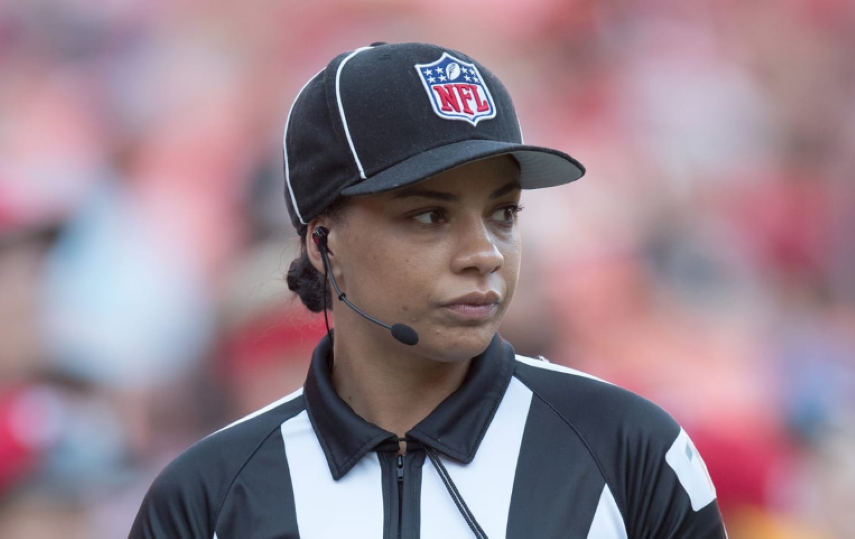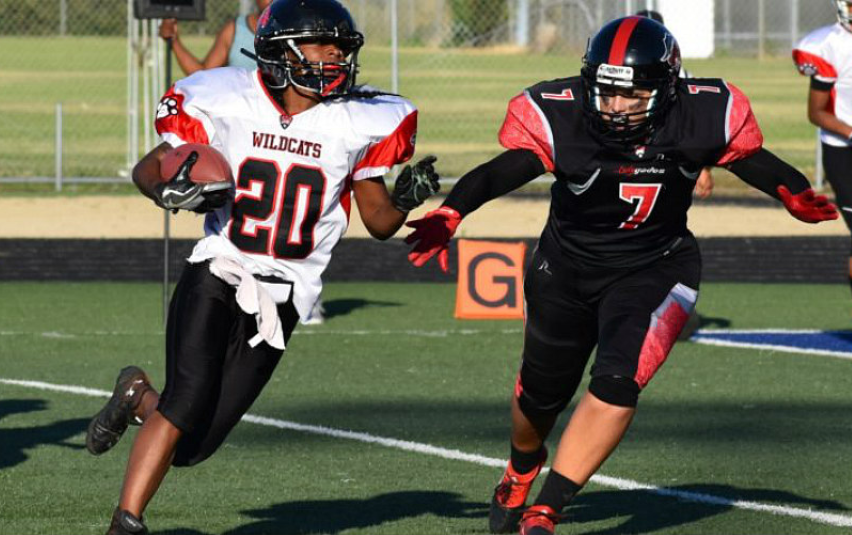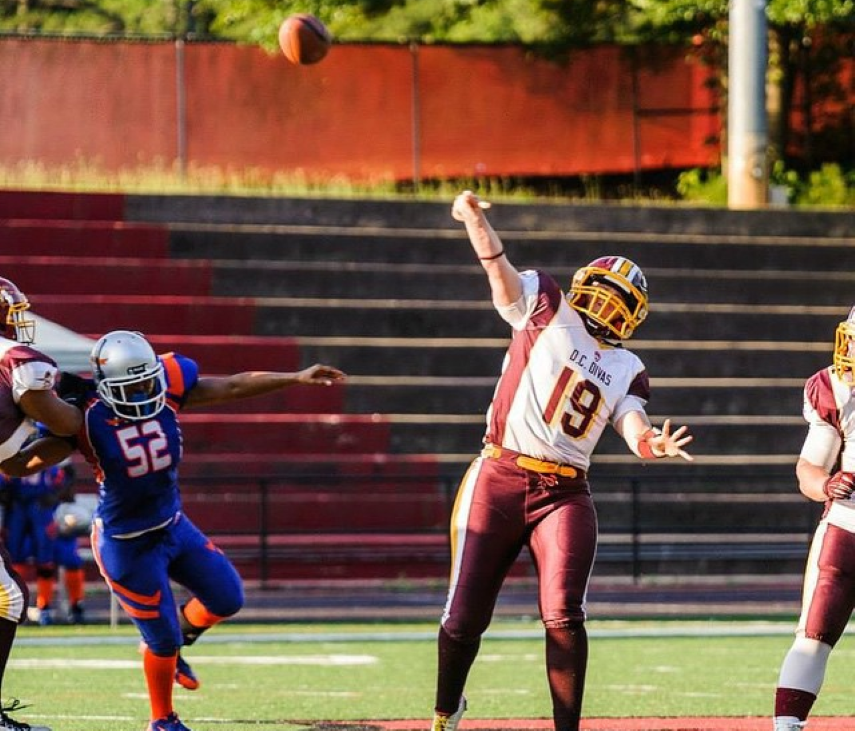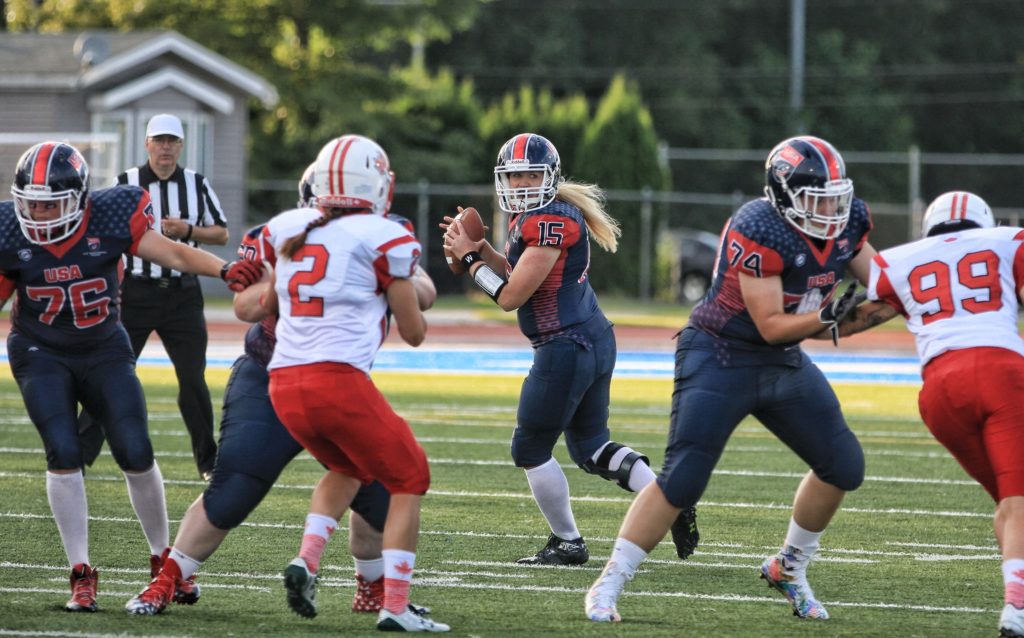Women’s interest and participation in football growing sharply
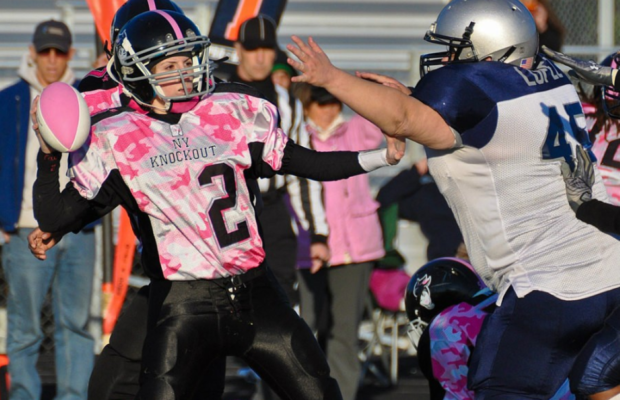
Once upon a time in America, football was thought to be exclusive domain for males. Autumn weekends were affairs when women got consigned to being “football widows,” who grieved the loss of her partner to the “netherworld” of football. The language attached to the game sounded intergalactic and the images from the game on TV projected gruff, groveling guys smacking each other around for three or so hours.
But like life itself, nothing is forever. Reminiscent of a catchy cigarette ad in 1971—“You’ve come a long way, Baby”—women have lit up the scoreboard these days, according to a recent report from the NFL, in knowing and being a part of America’s greatest sports pastime. The league put its female fan demographics at 47%. More women watched last year’s Super Bowl than the Grammys, Oscars and Emmys combined, the league adds.
A study by Ohio University shows an exponential growth of women as football aficionados in general, where more than 50% identify as football fans and even participate in fantasy football. The past decade has seen the rise of their involvement from front office personnel and coaches for NFL teams and as players with football leagues dedicated to women.
In early March, the NFL welcomed Maya Chaka, a health and physical education teacher in the state of Virginia, to its lineup of officials. Chaka joins Sarah Thomas, an official in Super Bowl LV, as the second female official in the NFL’s 101-year history. The NFL presently has eight coaches and 12 scouts who are women, representing the NFL’s march to diversity and inclusion, a pipeline for women to hold NFL careers in coaching, scouting, analytics and football administration.
“The sky is the limit for anything females want to do,” said Sheila Ford Hamp, the principal owner of the Detroit Lions, at the league’s fifth annual Women’s Careers in Football Forum in February.
Adds Steve Olmeyer of CBS Sports:
“Teams need diversity in player size, and skills to be successful [but] the game is much deeper than just the players. And in the NFL of today, women are finding their footing.”
Although the footing for women’s participation in football in the United States has been slow, America’s hottest game has been quietly buttressed abroad for over a decade by the International Federation of American football (IFAF), headquartered in Paris. The very first women’s IFAF championship was in 2010. A 2017 Russian TV documentary chronicles the travails of the Saint Petersburg Valkyries, a woman’s football team preparing for a championship against a team from Finland.
An estimated 4000 women in the United States play tackle football in organized leagues, which include the 8-team United States Women’s Football League (USWFL) and the 20-team Women’s National Football Conference (WNFC), founded in 2018 in partnership with Adidas’ ‘she breaks barriers’ campaign. The Women’s Football Alliance (WFA), a mammoth organization consisting of 66 teams and three divisions spread over the United States, is scheduled to kick off its 2021 season May 1st.
The difference between the men’s and the women’s professional leagues in the United States isn’t necessarily all about gender. The difference has to do with motivation, says Bustle, an online magazine whose audience is mostly Gen Z and Millennial Women. Afterall, it points out that the women’s game, to pay to play, is “driven by passion, not by money.”
“We all have day jobs,” said Allyson Hamlin, quarterback or the WFA’s DC Divas whose day job is a homicide police detective.
The upsurge of women in football in America may concern evolving definitions of gender roles although Title IX of the US Education Act (1972) had a great impact on women’s engagement with athletics. Tearing down a large hurdle for women, this law proclaimed equal access to athletic opportunities regardless of sex, which meant that the Dark Ages for women in sports was history. It laid the foundation for girls to acclimate themselves to sports intelligence, culture and skills building, which has helped them participate in the sport as fans as well as athletes.
Probably unthinkable a generation ago, girls in high schools are now participating on male teams. Despite schools adopting sports teams for both boys and girls, football has only boys’ teams. Thus, 2,401 females joined males in varsity football in 2017, says the National Federation of State High School Associations (NFHS). Most play the non-contact position of placekicker, but there are exceptions. Erin DiMeglio, quarterback for her high school team in South Florida, made a game winning pass in her first game in 2012.
Five-foot-five-inch Lisa Spangler, a starter on the boys’ team in Washington state, earned high praise from her coach.
“I never expected to have a girl be my middle linebacker but my job is to get the best 11 on the field, and she‘s one of the best.”
In 2018, a Mississippi girl, Kaylee Foster kicked a game-deciding extra point. On the same night she was crowned queen for the school‘s Homecoming, an annual event at high schools (as well as universities) where alumni gather.
Presently, a lawsuit is pending that pleads the case of Title IX to force schools to also field women’s football teams.
Women football players on college teams also occur. Shelby Osborne plays defensive back for Campbellsville University, a small college in Kentucky.
“When I first started playing,” says Osborne, “the reaction was extremely negative. I was the only person in the world that believed in myself, but day-by-day I slowly began to change people’s minds. I had to earn each and everyone’s respect.”
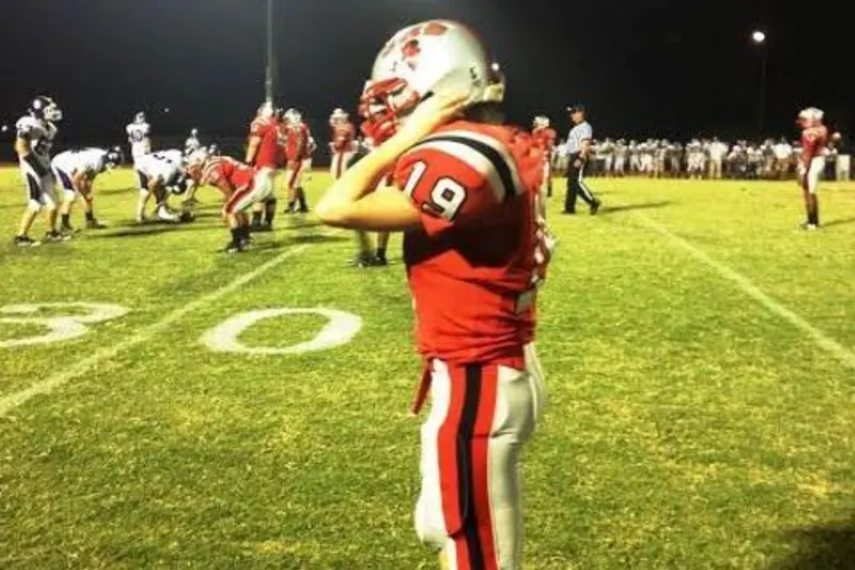
Osborne, # 19, attended every team training session leading up to her senior season. Photo courtesy of Shelby Osborne.
The higher up the college ranks, the keener the competition gets, namely the speed and hitting. Vanderbilt University, in Tennessee, became the first school in the elite Power Five college conferences last fall to use the services of a woman, Sarah Fuller, a star player on the women’s soccer team, to kickoff and do extra points and field goals.
Women in tackle football in the USA dates to 1926. Walter Lingo, credited as the creator of half time shows, used women tackle football as novelty halftime exhibitions. In the 1940s women were captured on camera playing organized football—“powder puff football,” proclaimed a newspaper, adding it to be an “invasion of one of the last strongholds of masculinity.” Yet Smithsonian magazine captioned the moment as “hard, fast” football.
“Historically, American football is seen by many as a man’s game for male fans,” notes the Ohio University study. But it points to a promising future for woman in football to become leaders in management, training and coaching, among other areas. There’s no dispute over current data, which wholeheartedly reflect the recognition that women are an integral part of the scene that makes American football the favorite sport in the United States.
Women’s football is gaining traction everywhere in the world. In Italy, where the National Women’s Football team made their debut in 2019, more and more bookmakers are now offering interesting odds and betting markets on the main events of the women’s football season.
